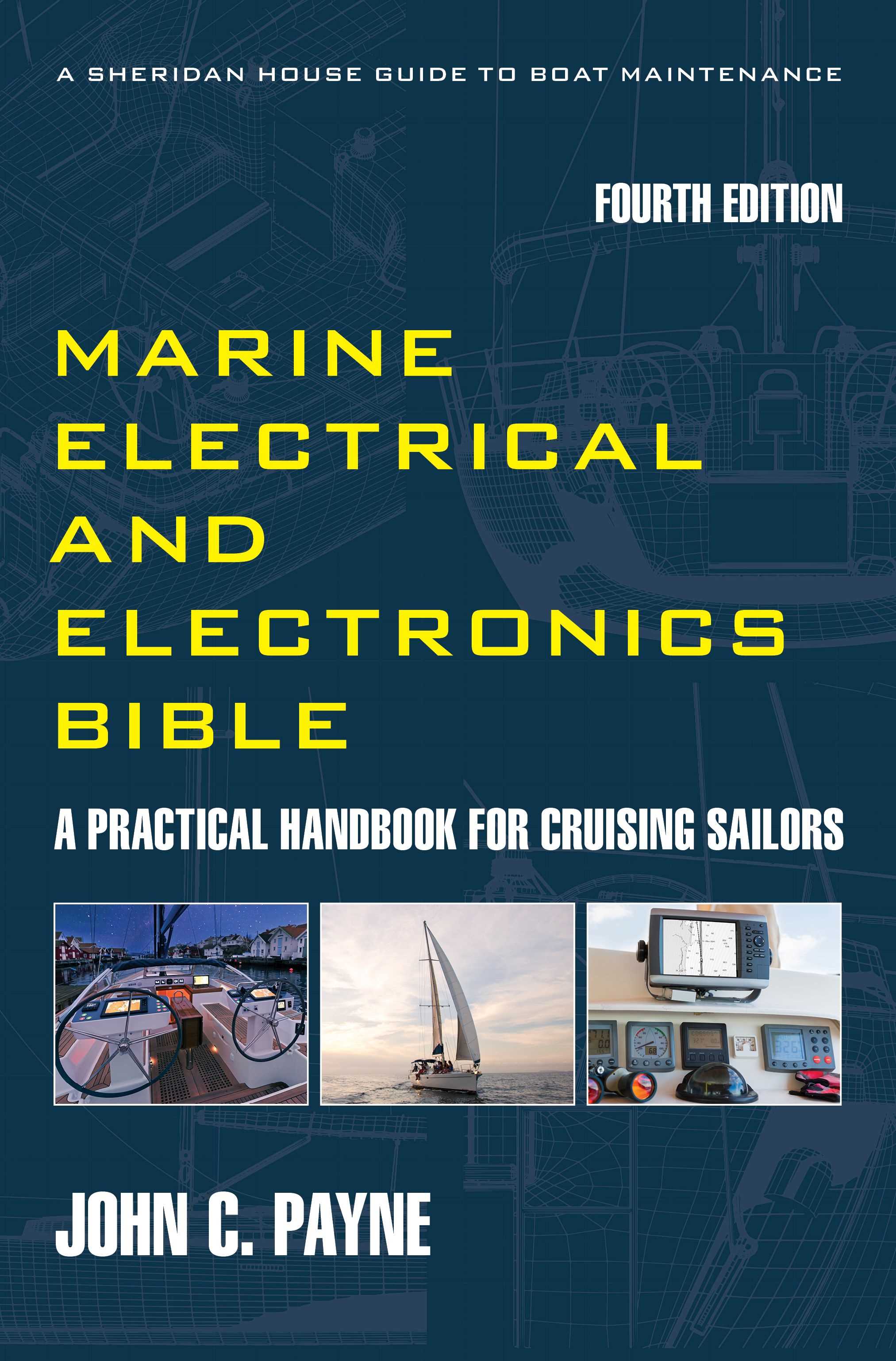12 Volt Boat Battery Electrical Systems
12 volt boat battery electrical systems and voltages is a common topic for most boat owners Way back in 2002 and well after that I wrote several magazine articles about boat voltages and it is a subject in the Marine Electrical and Electronics Bible 4th Edition. So to do a recap on this, the most common electrical systems on boats of all types are configured on the 12 volt boat battery. But you know that already. There are a relatively small number of 24 volt boat battery systems to be found on both sail and motor boats. In many vessels there are hybrid systems that have both 12 and 24 volt system voltages installed. Occasionally an older vessel is found using 36 volts, and there has been some hype about the possible introduction of 42 volts within automotive applications, although that hasn’t eventuated as expected. To really confuse things, 48 volts is also found now in some applications and this is primarily driven by the electric propulsion advances. I started my seagoing career as an engineer and marine electrician on old tramp freighters looking after 220 volts DC, before AC systems transformed things. By the time I left the industry we were on oil rigs with 13.2 kV systems. The following examines some of the various voltages and the relative advantages and disadvantages of 12 volt boat battery systems. For more answers and advice check out the Marine Electrical and Electronics Bible.
Marine Electrical Electronics Bible12 Volt Boat Battery Electrical Systems
The diesel engine 12 volt boat battery electrical system is primarily designed to start and recharge the battery from a dedicated battery and this simple design factor actually and by default influences the entire boat electrical design. The system was never specifically designed to also charge a house 12 volt boat battery bank although this is changing as engine manufacturers offer optional large output alternators and additional alternators as well as larger units. In an automotive system the battery starts the engine, recharges the start battery with the alternator, and the alternator then supplies all electrical power when engine is running to lights, electronics and so on. When the engine is off, the battery is not designed to withstand continual drains on power. The subject of battery types and functions is covered elsewhere.
12 Volt Boat Battery Electrical Systems
The same applies to boat marine diesel engines however this has morphed into being a generator for battery charging when the propulsion system is not being used. This has spawned a multitude of design challenges including improving capacity and speed of the charge process. Charging a significantly higher battery bank, with a deep cycle boat battery which has different 12 volt boat battery charge characteristics. In addition to further complicate the process, the default 12 volt boat battery system with limited charging ability does not factor in the high electrical demands. Not only of charging but running winches, windlasses, refrigeration, water makers and so on. The fact is the 12 volt boat battery was never an ideal design configuration for boats but it was enforced.
12 Volt Boat Battery Electrical Systems
The big disadvantages of 12 volt boat battery voltage systems in a boating scenario are that of voltage drop. Also the requirement for physically larger equipment and cable sizes as well as large battery banks. Any miscalculation in cable sizes or a faulty contact either in a cable joint or connection can have catastrophic effects on the circuit due to voltage drop. This can include seriously degraded equipment performance, and subsequent failure of electric motors. The 12 volt boat battery system also suffers from disturbances with DC motor powered equipment such as bow thrusters, anchor windlasses, deck winches, electric furling systems, hydraulics and so on. Every time a heavy electrical load is applied this creates surges, spike and voltage droops that create instability as these surges can and do interfere with other electrical equipment, and these often known as brown outs.
12 Volt Boat Battery Electrical Systems
Much is made about wire sizes being the primary factor on boats but I think this is somewhat misplaced. In automotive systems they are part of the issue as they are subject to reducing emissions and any weight reduction however small is meaningful. But not so with boats, well not on the average boat but on very lightweight racing yachts this can be an issue. I don’t see too many heavy anchor windlasses on these yachts, or bow thrusters and so on. The bigger yachts of course have all sorts of equipment ranging from keel canting systems and hydraulics. But the racing yacht space is a very small market segment and doesn’t drive what happens on the average power boats or sailing and cruising yachts. Boat and yacht production is price driven and naturally manufacturers build with what is available.
12 Volt Boat Battery Electrical Systems
The big advantages of 12 volt boat battery systems are the ready availability and lower cost of automotive based equipment. The whole marine equipment market is predicated on the 12 volt boat battery system. There is also a perception that 12 volts is "safe" however many fires in both boats and vehicles do occur. Safety is a relative term however it's not that efficient. More about 12 volt boat battery electrical systems and all about boat electrics.
